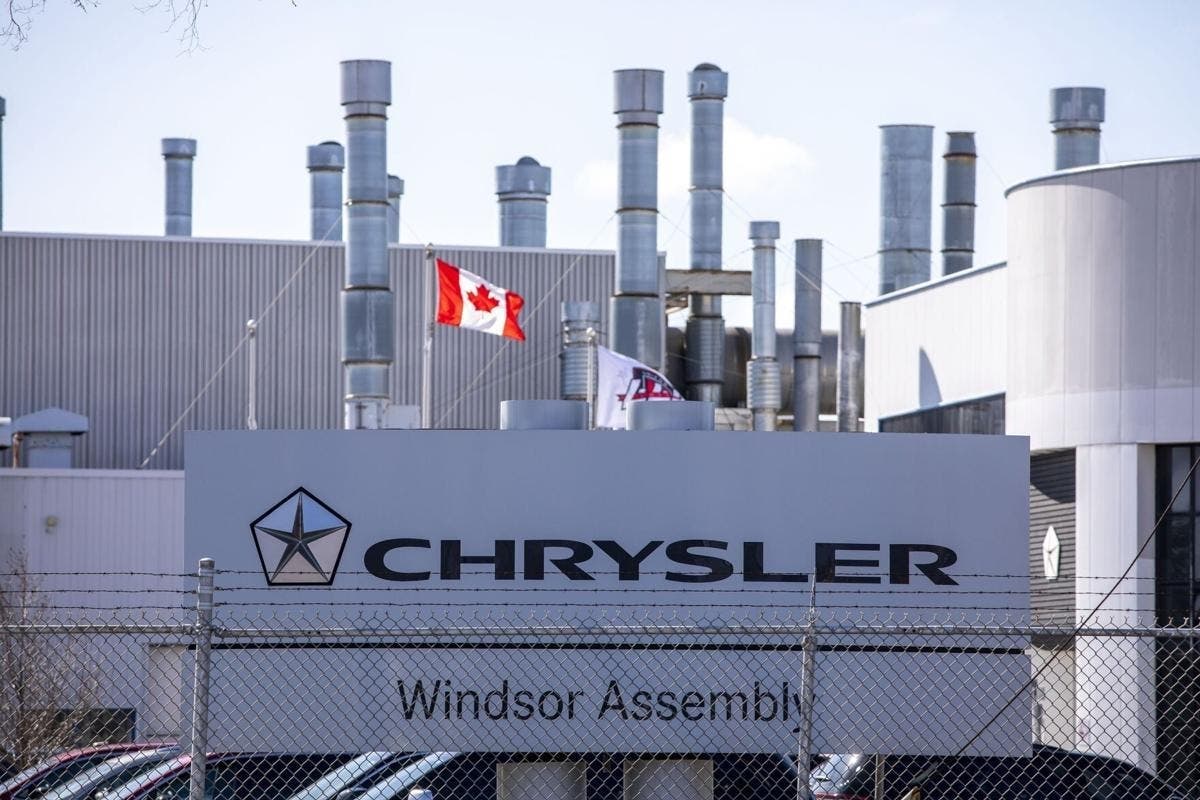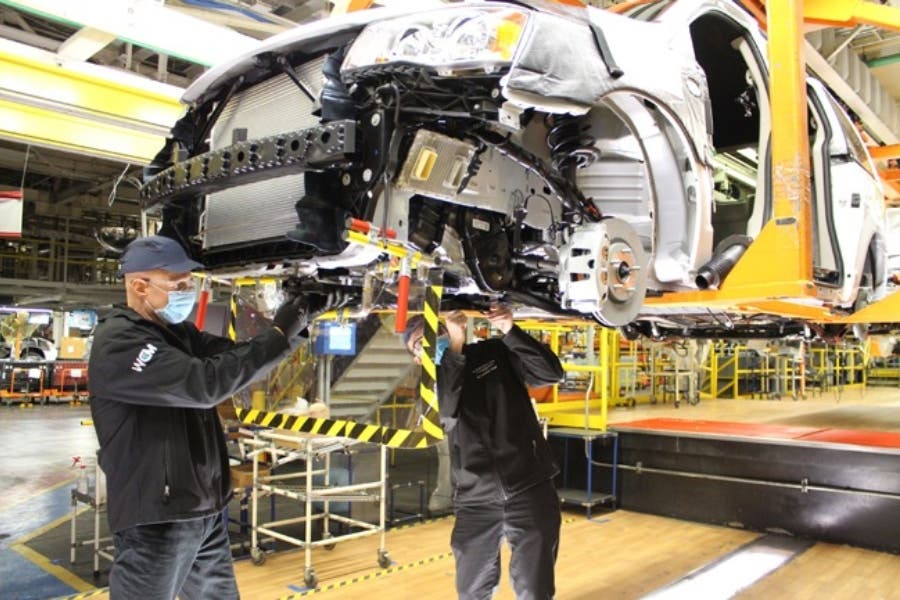Due to trade strategies imposed by the Trump administration, Stellantis is reorganizing its pickup truck production, moving some of it from Mexico to the United States to reduce the impact of high tariffs. This reorganization comes at a time when the company is also facing production disruptions in Canada. Indeed, the Stellantis assembly plant located in Ontario will shut down again for a week starting May 5, after a previous suspension in April.
Stellantis Ontario, production halted as of May 5
As of May 5, the Stellantis plant located in Ontario will again be idle. This production shutdown comes at a time when the automaker is implementing a strategy to reorganize its pickup truck production. The decision to shift some of this production from Mexico to the United States is a move designed to reduce the impact of significant tariffs imposed by the Trump administration’s trade policies.
In parallel with this production reallocation, Stellantis also faces operational challenges in Canada. For this very reason, assembly at the Ontario plant will stop for an entire week. During a recent meeting with financial analysts, CFO Doug Ostermann explained that in addition to moving pickup truck production to the U.S., Stellantis is planning a thorough review of its supply chains. The goal of this review is to increase the amount of U.S.-origin components within its vehicles.

New stop at Windsor: Stellantis between U.S. duties and manufacturing reorganization
At this time, Stellantis has not yet specified how many more pickup trucks might be produced in the United States in the future. Meanwhile, a new production stoppage at the Windsor, Ontario, plant was announced, effective May 5. This plant, where the new Dodge Charger and Chrysler Pacifica are assembled, had already suffered a two-week stoppage in April, a time when the company was assessing the consequences of U.S. tariffs. The Unifor union, which represents workers at the Canadian site, disclosed that Stellantis did not provide official reasons for this new week of inactivity.
So the Canadian Stellantis plant, located in Ontario, will shut down for a week. And this production pause is part of a broader context marked by the repercussions of previous trade policies, particularly, as anticipated, the measures introduced by the Trump administration that initially created significant disruption in the automotive sector.
However, the regulatory framework has evolved. Currently, U.S. automakers have the option of requesting tariff refunds, calculated based on the percentage of components that comply with the U.S.-Mexico-Canada Agreement (USMCA).
As highlighted by the Globe and Mail, these refunds can reach 3.75 percent of the retail value of U.S. production in the first year and 2.5 percent in the second. Doug Ostermann pointed out that the group’s vehicles currently produced in the U.S. already contain about 80 percent USMCA components. Stellantis’ goal is to increase this share to 85 percent, a move that would allow the first year’s refund to cover the duties applied to the remaining 15 percent of content.
“We are working hard on it,” Ostermann said, pointing out that some suppliers with available production capacity in the United States could make the switch relatively quickly, while for others the process will take longer.
